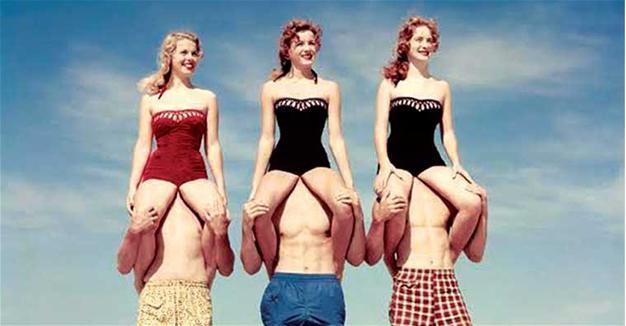Fundamental questions on photography at ALAN Istanbul
ISTANBUL
 The second edition of ALAN Istanbul’s contemporary art series, “New Photography,” which opened on Jan. 5, probes fundamental questions including “What is photography?” “What are its limits?” “How do artists communicate with today’s world via photography?” and “What are the possible new ways of storytelling and how can photographers draw on other mediums too?”
The second edition of ALAN Istanbul’s contemporary art series, “New Photography,” which opened on Jan. 5, probes fundamental questions including “What is photography?” “What are its limits?” “How do artists communicate with today’s world via photography?” and “What are the possible new ways of storytelling and how can photographers draw on other mediums too?”While some photographers only work analogue and rely on the uniqueness of each film roll, for others photography is only a raw material to play with endless possibilities in digital age. For others, found material is the way to go for new creations in different contexts, and photography can co-operate with other disciplines, shifting boundaries and prompting further discussions on the future of the medium.
Despite their difference in style and method, all artists in the ALAN Istanbul exhibition are aware of the times we live in and their work is quite time-specific in responding today’s subject matters. The exhibition is presented under four main subtitles including “Critique of Modern Society,” “New Documentary,” “Analogue Experiences in a Digital Age” and “Genre Breaking.”
The artist Aras Gökten criticizes the urban spaces we live in and questions people’s relationship to the urban environment. Gökten’s work probes through everyday imagery alienation and the artificialness caused by today’s “post-human” developments of today.
Hannes Wiedemann, meanwhile, also considers man’s relationship to technology via the story of cyborgs, investigating the intersection between humans and technology and photographing future possibilities. Also probing the question of technology, Esther Hovers investigates how power, politics and control are exercised via urban planning in public space by analyzing intelligent surveillance systems.
Miguel Angel Tornero addresses photography as not a final object to count on, but rather a “raw material” to play with. Tornero takes snapshots and creates city collages that are randomly created by software in which “the unexpected becomes the protagonist,” disrupting documentary photography’s assumed mission of “presenting things as they are.”
Rehan Miskci offers a fresh perspective to the theme of identity with an interdisciplinary approach, re-contextualizing archive photographs to create fragmented, semi-abstract photo collages. During this process she uses the medium of photography in relation to others (installation, video), locating photography between the two-dimensional and three-dimensional level.
The work of Cihad Caner uses photographs to probe the relations between non-human elements as objects, animals and nature non-hierarchically, which does not put “the self” in the center. Öncü Gültekin, meanwhile, is an artist who still prioritizes analogue, experimenting with the possibilities of each specific type of camera and turning limitations to advantages for his snapshot-like city portraits. Weronika Gesicka creates modified and re-contextualized collages through found vintage images from an image bank, wondering what can be done with old prints in a digital age and how photography can create a bridge between the past and present.
With their unique ways of exploring questions in different aesthetics and methods these young, local and international photographers bring a fresh perspective to the art.
The exhibition, curated by Seda Yıldız, can be viewed at ALAN İstanbul through Feb. 5.
















